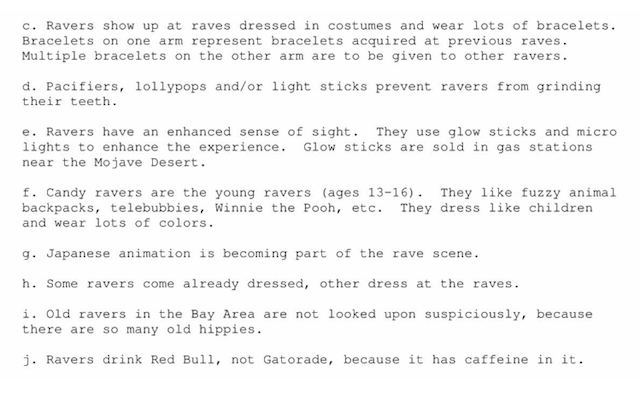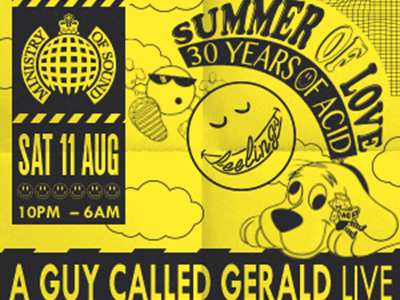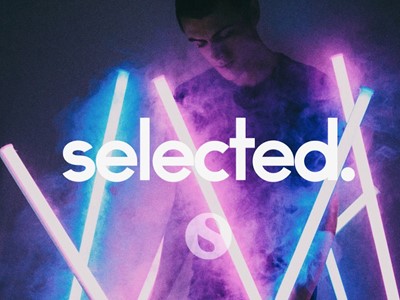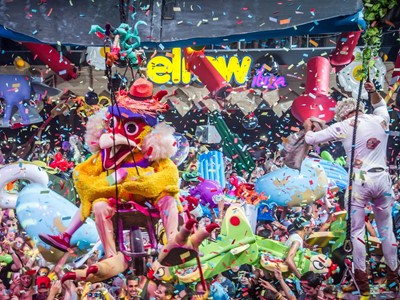If you're unfamiliar with the DEA, they're the Drug Enforcement Agency, the part of the US Police Department charged with narcotics operations
They're the guys that waged war on Pablo Escobar, the guys who caught George Jung and Howard Marks and they're the group Hank off of breaking bad got promoted to after he shot that Mexican gangsters' teeth out.
Basically, they're pretty serious geezers.
So it'll come as no surprise that a recently resurfaced 2001 DEA report into rave culture is more than a little out of touch with the fun-loving ravers they were trying to understand.
Commissioned as part of an investigation into Alexander Shulgin - that's the man who first synthesised MDMA - the report attempts to brief DEA agents on rave culture, dance music and the associated party drugs.

It begins with a brief summary of the history of dance music, which to be fair to them, is pretty accurate. Chicago, Detroit, New York and the UK all get their rightful name-checks, along with roughly the right dates and timeline.

Next up is a general description of what goes on at a typical rave. this is not so on-point, but is still relatively on the money, especially when you take into account that this is largely dealing with turn of the century American rave culture. Possibly the funniest line is "ravers have an enhanced sense of light" as if listening to dance music grants you some sort of 3 tier superpower.

Then there's a handy breakdown of the various dance genres, which is strange primarily due to the inclusion of BMPs. I'm struggling to think why would DEA agents need to know the BMP of hardcore compared to house, but whatever.

It's probably this last bit where the report most misses the mark, as apparently ravers "hide drugs in candy, breath mints and Pez containers" and the best place to pick up rave gear is Goth favourite, Hot Topic.
You can read the report in full here.
Follow Matt on Twitter



